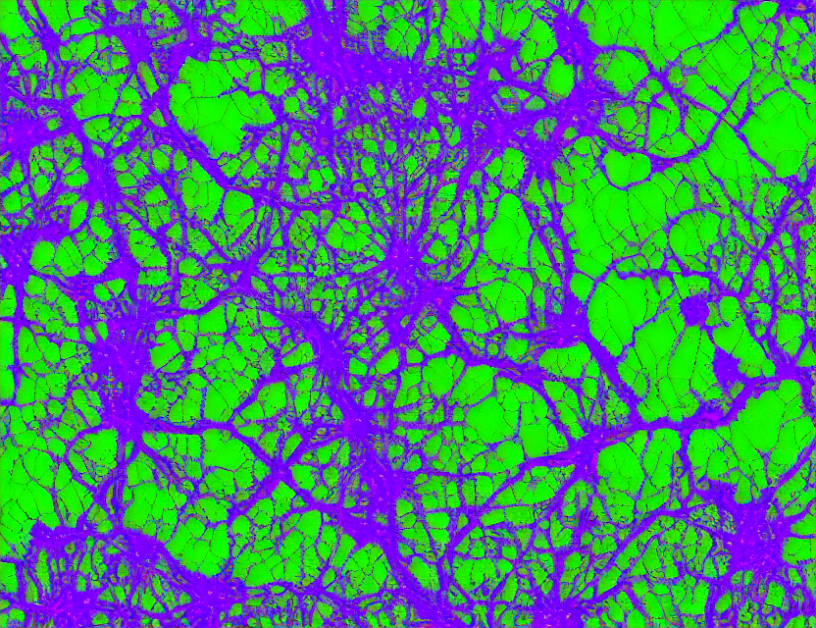Hyperspectral imaging is a technique that captures the spectral characteristics of objects in an image, which can be used for various applications such as crop classification and environmental monitoring. Clustering methods are widely employed in hyperspectral image segmentation to group pixels into meaningful classes based on their similarities in spectral features. This article provides a comprehensive review of clustering methods for hyperspectral image segmentation, focusing on the different techniques, applications, and future directions.
Clustering Methods
The article discusses various clustering methods used in hyperspectral image segmentation, including:
- K-means: A widely used method that partitions the pixels into k clusters based on their similarity in spectral features.
🔗 Hyperspectral Image Segmentation with K-means Clustering - Hierarchical clustering: A method that builds a hierarchy of clusters by merging or splitting existing clusters based on their similarities and differences.
🔗 Hierarchical Clustering for Hyperspectral Image Segmentation - DBSCAN (Density-Based Spatial Clustering of Applications with Noise): A method that groups pixels into clusters based on their spatial density and proximity to each other, while ignoring noise in the data.
🔗 DBSCAN Clustering for Hyperspectral Image Segmentation - Self-Organizing Maps (SOMs): A type of neural network that projects the high-dimensional spectral features onto a lower-dimensional representation, allowing for visualization and clustering of the data.
🔗 Self-Organizing Maps for Hyperspectral Image Segmentation - Fuzzy C-Means (FCM) Clustering: An extension of the k-means algorithm that allows for fuzzy clustering, where each pixel can belong to multiple clusters with different membership degrees.
🔗 Fuzzy C-Means Clustering for Hyperspectral Image Segmentation
Applications and Future Directions
The article also discusses the various applications of hyperspectral image segmentation in fields such as agriculture, mining, and environmental monitoring, and highlights some future research directions, including:
- Deep learning methods: The integration of deep learning techniques with clustering methods can potentially improve the accuracy and efficiency of hyperspectral image segmentation.
🔗 Deep Learning for Hyperspectral Image Segmentation - Multispectral and multitemporal data fusion: Combining data from multiple spectral bands and acquisition times can enhance the accuracy of clustering methods by providing more comprehensive information about the scene.
🔗 Multispectral and Multitemporal Data Fusion for Hyperspectral Image Segmentation - Spatial resolution reduction: Reducing the spatial resolution of the data can simplify the clustering process while maintaining the accuracy, making it more practical for real-world applications.
🔗 Spatial Resolution Reduction for Hyperspectral Image Segmentation
In conclusion, this article provides a comprehensive overview of clustering methods for hyperspectral image segmentation, including their strengths and limitations, as well as future research directions. By demystifying complex concepts through everyday language and engaging analogies, this summary aims to help readers understand the essential ideas and trends in the field without oversimplifying or losing critical details.



